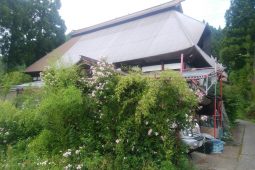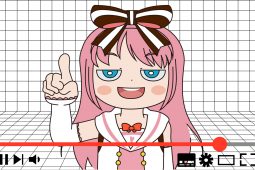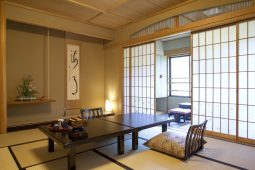LIFE & RESIDENCE

Welcome back to The Case for the Kominka. In this part, we'll be going further into the many distinguishing features of old-fashioned Japanese houses, starting with some of their unique rooms.

This is the second part of our list of common Japanese social taboos that you should avoid when you visit Japan.

Introduction
In Japan today, brick-and-mortar bookstores are on the verge of disappearing. The reason can be found on the internet.

Over 90% of Japan’s population is squeezed into urban areas. This means that the vast majority of Japanese people are large town or city dwellers, and only a small percentage know what it’s like to live in the countryside or remote areas.

Every culture has its own unique system of etiquette. What might seem like common sense in one culture may seem strange or taboo in another.

In the last few parts, I talked about the Japanese countryside. Now, we’re going to start on the Kominka itself; something I’m just using for brevity, since the word more or less means a minka (a standalone house for ordinary people rather than a manor or some sort of communal mass-housing) that is old.

Hi there!
I think most people these days know and use video streaming services like YouTube, right?
What about live performance streams, though?

If you have ever seen Yasujiro Ozu’s classic movie Tokyo Story, you will have noticed that its most striking aspect is its perspective. Everything is filmed from the level of the floor. This was a deliberate choice of Ozu who wanted to bring his audience down to the level of his characters.

In this article we will look at some practical information and common terminology that will help you navigate the apartment rental process in Japan.


